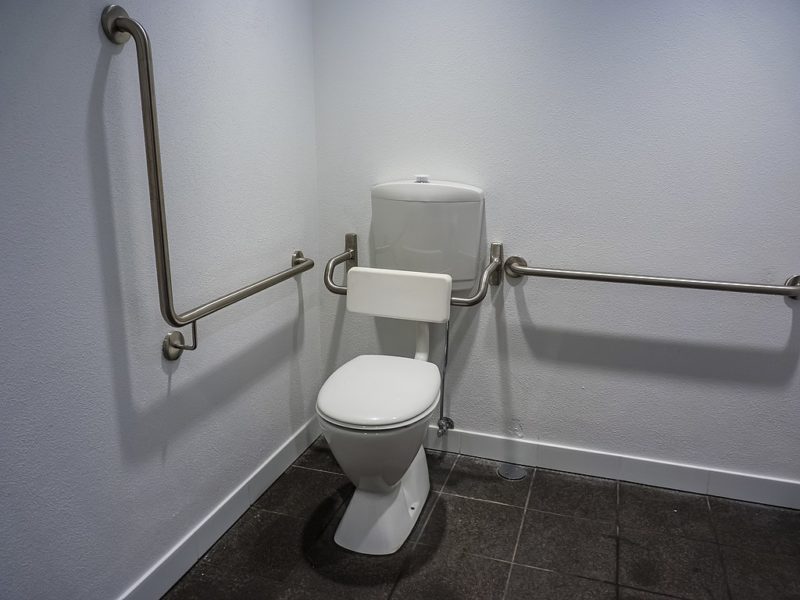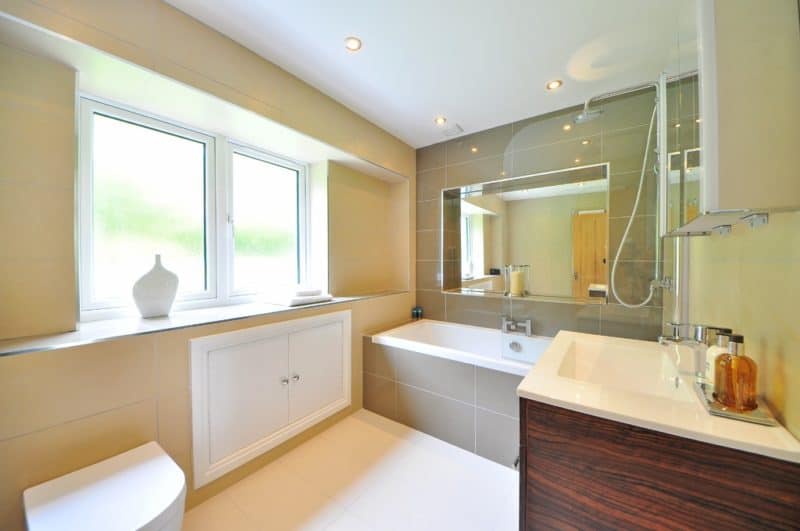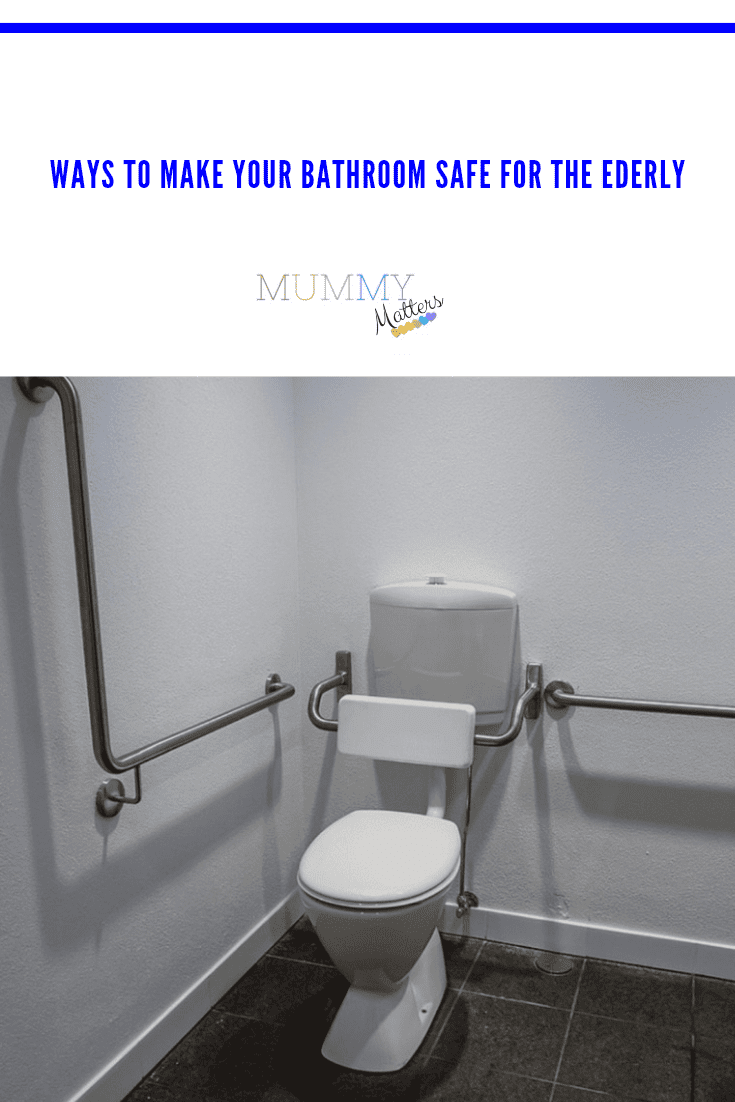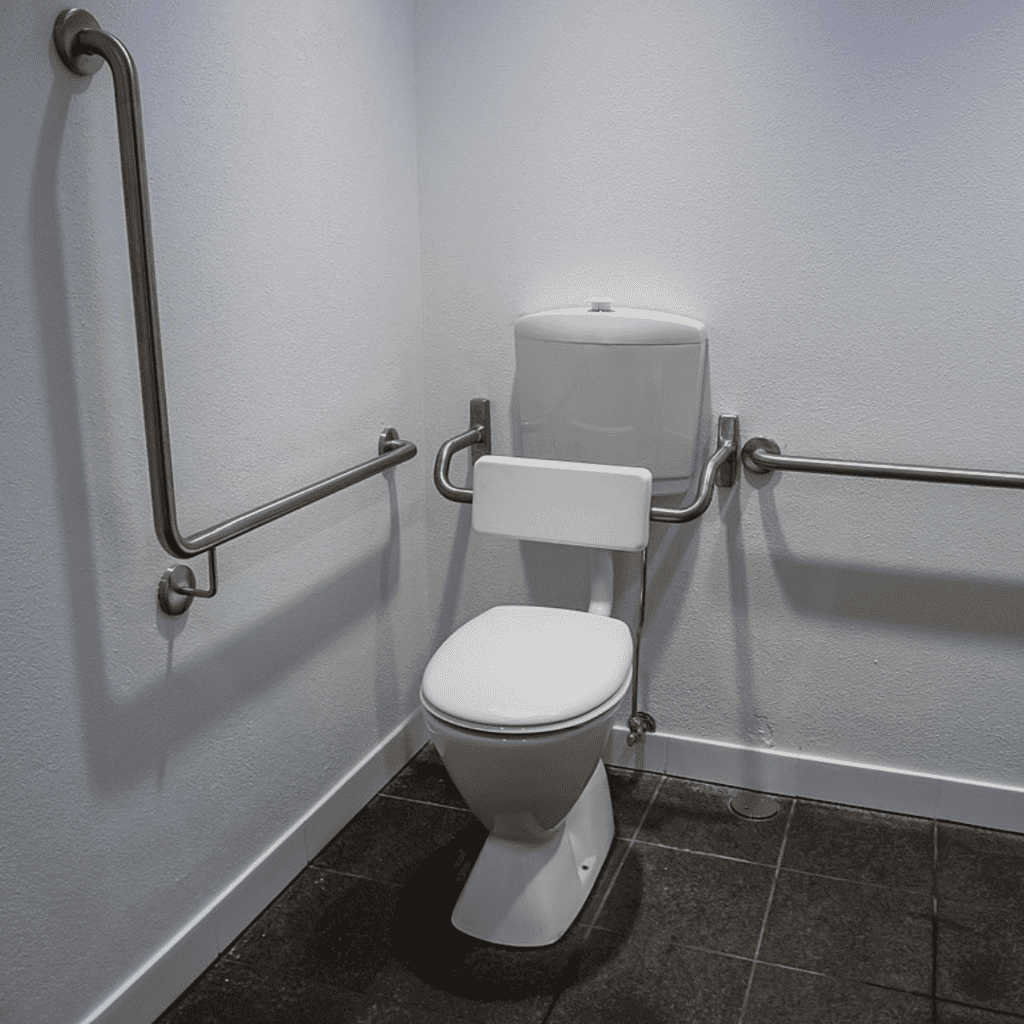The bathroom can be a challenging area for seniors. The space is usually tighter than other rooms in the house, and the presence of water just adds an extra layer of risk. Thankfully, below are some tips to keep the bathroom safer or more accessible for seniors.
1. Put in Grabrails

Your loved one may have trouble bathing if they have poor balance. Accidents in the bathroom are often caused by using the towel rail for support. Unfortunately, towel rails are not built for this function and may collapse.
Hence, install guardrails to ensure safety.
2. Be Vigilant About Slips
The bathroom of your senior loved one should ideally have non-slip flooring. If not, you can lessen the danger of falls on slick tiles by placing non-slip mats in wet or moist areas. These areas include the shower, bath, toilet, and sink area.
3. Raise Toilet Seat
Toilet seats are frequently raised in senior care homes because many elderly persons have trouble lowering themselves on a toilet with a conventional height. If your senior loved one would find it easier to sit on a raised toilet (around 3 to 4 inches higher), then installing one would be advisable. A Plumber in Barking can help you with the installation.
4. Proper Lighting
Safety in the bathroom can also be affected by lighting and doors. If vision is poor, inadequate illumination might contribute to falls. Therefore, you should make sure that the restroom is sufficiently illuminated. For those early morning excursions to the bathroom, halls may also require night lights.
5. Water Temperature Regulation Is Crucial
Scalding can be dangerous for older people with sensory deficiencies, restricted mobility, or who can’t react quickly to hot water temperatures.
Hence, put a system in place to ensure the water temperature stays around 44C.
6. Install a Bathlift
Suppose your elderly enjoy baths but have difficulty entering and exiting the tub. In that case, you can consider installing a bath lift to assist them in securely entering and exiting the tub. Caregivers can also use lifts in the bath to help those unable to stand independently. A wide selection of designs are available, some of which are mechanical, while others are electric.
You can also draw up home safety plans for members of your household that involve taking extra precautions when helping your elderly enter and exit the tub, such as using a bath lift or other products designed for this purpose. Caregivers should also be aware of the risks associated with helping those unable to stand independently and the various types of bath lifts available, such as mechanical and electric models.
7. Re-examine Storage

When you move necessary objects to a location within easy reach, your loved one is exposed to risk while bending over or straining to get to those items. This could mean reaching out for soap or shampoo.
You might install a shower caddy so that it is at a comfortable height for the senior. This would allow you to store all the amenities and accessories your loved one requires.
Wrapping It All Up
Being a senior can be challenging. Your body is weaker than it used to be, and your bones are more brittle. It’s not uncommon for a single fall or slip to cause complications that would lead to death. Hence, keeping the environment safe and secure is crucial to a senior.
This is especially true in the bathroom, where water and moisture can make things slippery. Thankfully, there are things you can do to ensure no such thing will happen. You can consult with an experienced plumber who knows how to make the bathroom safer for seniors. As a bonus, if you have blocked drains in London, you can also have the plumber fix them.


